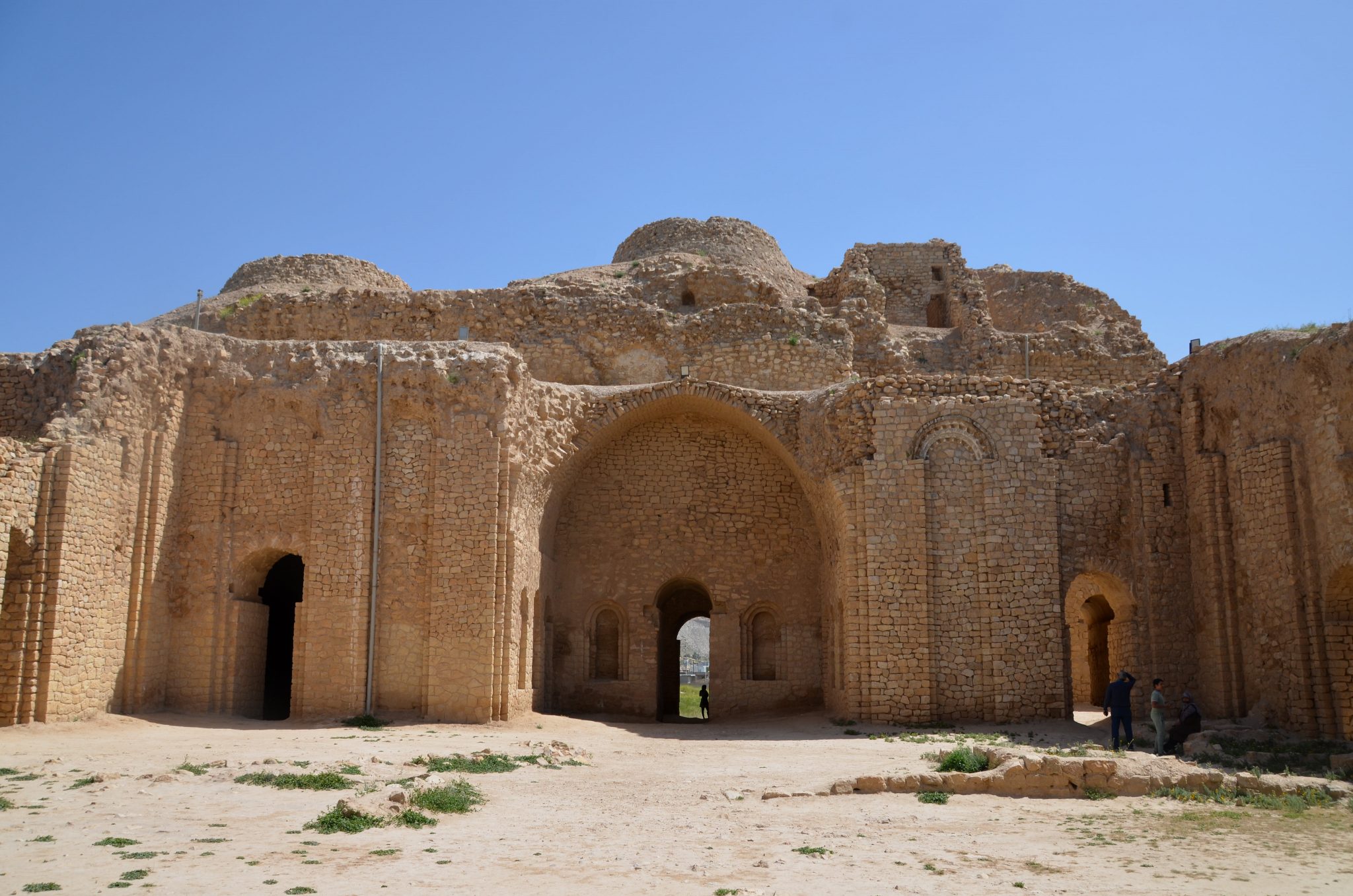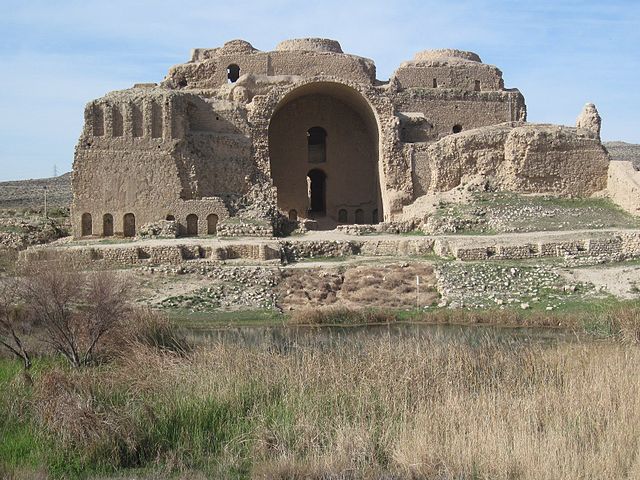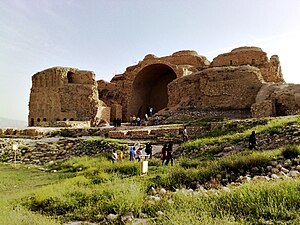The Magnificent Palace of the Founder of the Persian Sasanian Empire, Ardashir I’s Royal Residence

In the annals of ancient history, few figures loom as large as Ardashir I, the visionary ruler who laid the foundation for the Persian Sasanian Empire. Born into a world of turmoil and uncertainty, Ardashir ascended to the throne in 224 CE, determined to carve out a legacy that would endure for centuries to come. Among his many achievements, perhaps none is as enduring as the magnificent palace he commissioned on the banks of the Tangab River—a testament to his power, wealth, and architectural prowess.

Situated opposite the city he had founded, Ardashir-Khurrah, meaning “Glory of Ardashir,” the palace stood as a symbol of the king’s authority and the burgeoning greatness of his empire. Constructed around 224 CE, during the early years of his reign, the palace was designed to impress and awe all who beheld it. Its sprawling layout encompassed several interconnected parts, each opening onto a meticulously landscaped garden adorned with lush foliage and a shimmering pool—a tranquil oasis amidst the arid landscape.
At the heart of the palace complex were three majestic domes, their graceful curves rising skyward in homage to the heavens above. These architectural marvels, reminiscent of the Parthian palace at Ctesiphon, symbolized the grandeur and sophistication of the Sasanian Empire, drawing inspiration from the rich cultural heritage of Persia’s past while charting a bold new course for its future.

The design of Ardashir I’s palace was a masterstroke of engineering and aesthetics, blending elements of Persian, Parthian, and Hellenistic architecture into a harmonious whole. Its towering facades, adorned with intricate carvings and elaborate reliefs, spoke to the king’s wealth and power, while its spacious courtyards and opulent chambers provided a fitting backdrop for the lavish ceremonies and extravagant banquets that were held within its walls.
But beyond its physical splendor, Ardashir I’s palace served a deeper purpose—it was a reflection of the king’s vision for his empire and his commitment to its prosperity and prestige. As the political, cultural, and economic heart of the Sasanian realm, the palace played host to foreign dignitaries, noble courtiers, and esteemed scholars, cementing Ardashir’s legacy as a ruler of unmatched wisdom and sagacity.

Over the centuries, Ardashir I’s palace has stood as a testament to the enduring legacy of the Persian Sasanian Empire, inspiring awe and admiration in all who encounter it. Despite the ravages of time and the shifting sands of history, its ruins continue to evoke a sense of wonder and reverence, serving as a reminder of the greatness that once was and the potential that still remains.
As we reflect on the architectural legacy of Ardashir I’s palace, we are reminded of the power of human ingenuity to transcend the bounds of time and space, leaving an indelible mark on the world around us. May its storied halls and towering domes continue to inspire generations to come, as a testament to the enduring spirit of Persia and the timeless pursuit of greatness.










